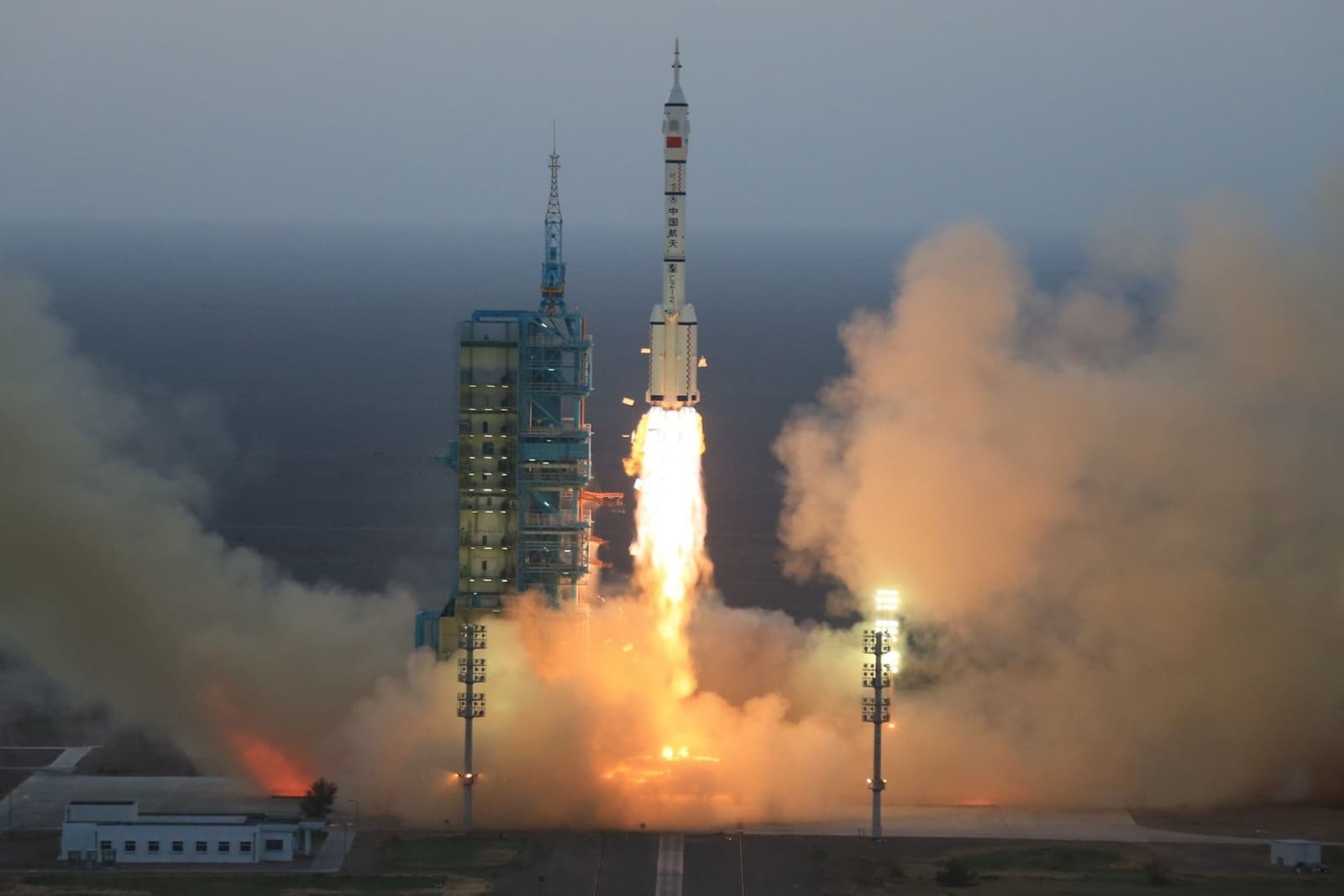Designed for the Future
Officials from the China Aerospace Science and Technology Corporation (CASTC) released a statement on Tuesday saying they'll be ready to launch the next-generation spaceplane by 2020, according to a report by state news service Xinhua. If the statement is any indication, China seems to be have made significant headway on the development of a highly-secretive advance spacecraft.
At first glance, it may not seem to be a remarkable feat: reusable space rockets have been making headlines consistently since SpaceX successfully launched a used Falcon 9 earlier this year. The company has been flying missions aboard reusable Falcon 9 rockets to the International Space Station, as well as to ferry satellites from private corporations and even several nations.
China's new space plane — note, not space rocket — is expected to be different. CASTC researcher Chen Hongbo said that unlike traditional spacecrafts, this new spacecraft "will fly into the sky like an aircraft," Xinhua reports. This would, then, differentiate it from rockets, hence the name spaceplane. Supposedly, the spaceplane will take off from a runway, then fire its ramjet propulsion once high in the atmosphere. At that point, the plane will shift to rocket motors in order to reach orbital space, according to reports noted by Ars Technica.
A Game Changer?
Not much is known about this new spacecraft, which Chen said is meant to transport both crew and cargo into orbital space. The technology behind the space plane would also allow for easy maintenance, Chen added, which China envisions will lower the cost of future launches, while at the same time increasing their frequency. This will significantly improve China's space efforts, which now include plans for both the Moon and Mars.
“Currently, China is developing its own reusable earth-to-orbit space vehicles that can take off and land horizontally," Liu Shiquan, China Aerospace Science & Industry Corporation vice director, previously said in June, speaking to the press during the Global Space Exploration Conference in Beijing. "We have already finished several crucial ground tests for engines and [other key components], yielding remarkable achievements."
China wasn't the first to consider horizontally launched spacecraft; that was the original idea NASA intended for the space shuttle in the 1970s. Meanwhile, Virgin Galactic has SpaceShipTwo and XCOR has the Lynx (although it has been suspended due to lack of funding) but both are designed only for suborbital flight. If China succeeds in 2020, it'll become the first to fly an orbital spacecraft launched from a runway and designed to land back again on one.
Share This Article
